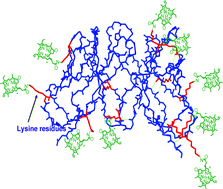Photomedicine as a ‘modern’ subject began in the late 1880's, and currently encompasses the effects of light upon the skin, diagnostic uses of light, therapies using non-laser light, and the use of lasers. Effects of light on the skin include production of Vitamin D, tanning, ageing of the skin, and the skin cancers basal cell and squamous cell carcinomas, and malignant melanoma. Diagnostic uses of light include luminescence [photo and chemi] in immunoassays, fluorescence in cell sorting, and the various forms of fluorescence microscopy, including confocal, fluorescence lifetime imaging [FLIM], and single molecule. Therapies include the PUVA treatment of psoriasis and vitiligo, blue light curing of neonatal jaundice, and photoinactivation of microbes. Laser treatments include ablative corrective eye surgery, general ‘bloodless’ surgery, and, of most importance photochemically, the various treatments using sensitisers and laser light known as photodynamic therapy, PDT. We concentrate here on discussion of future developments in PDT, concluding that the main advance will be through targeted PDT, in which the tissue to be destroyed receives the photosensitiser in a highly selective fashion. Strategies to achieve this highlighted here are the use of monoclonal antibody fragments selected for tumour cell targets, and two-photon spatial selection.


 Please wait while we load your content...
Please wait while we load your content...